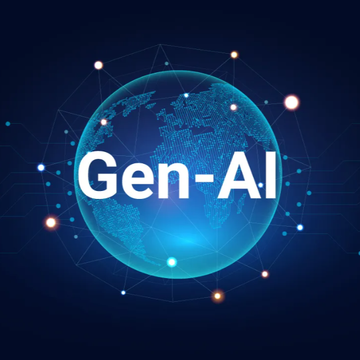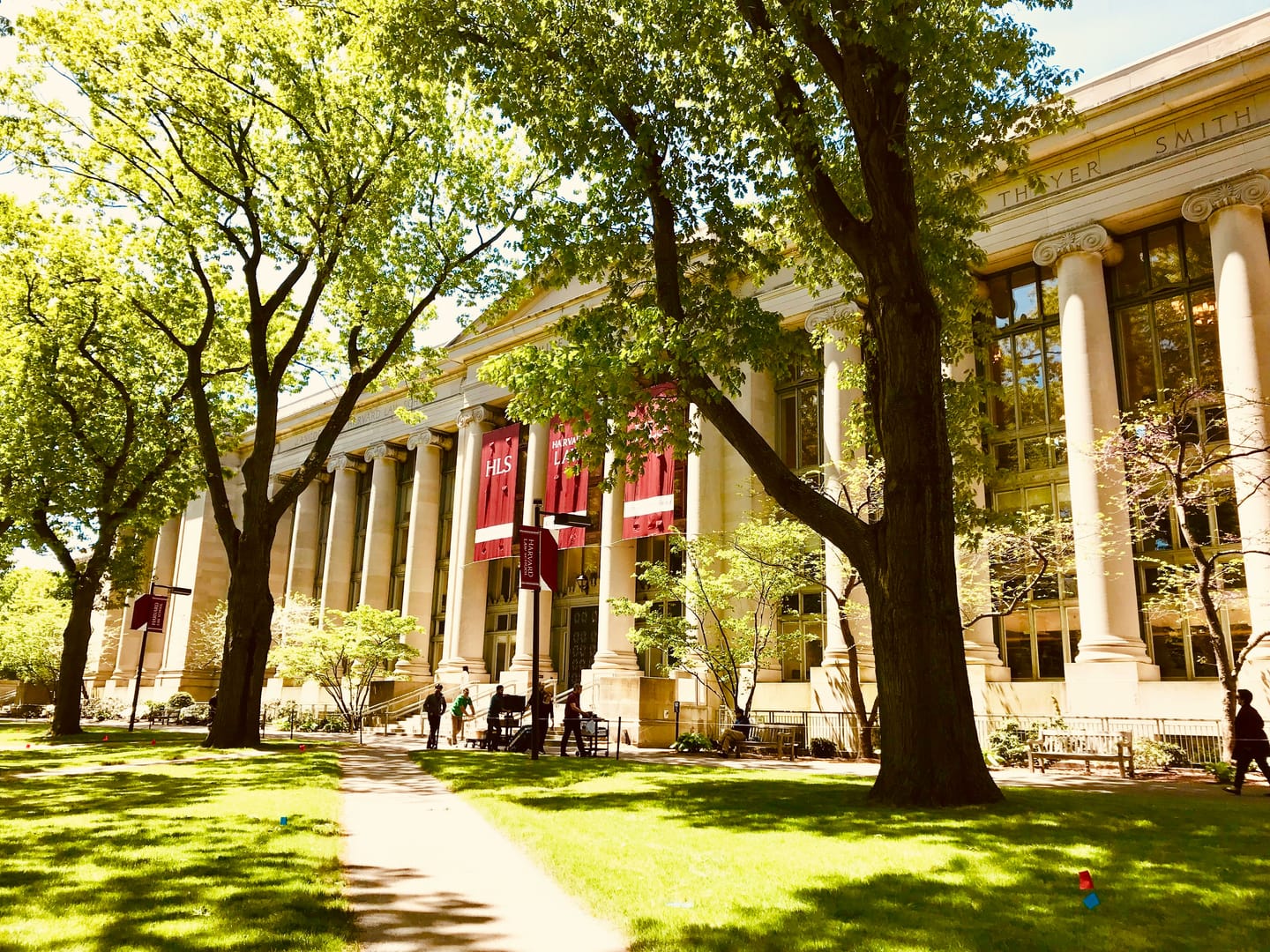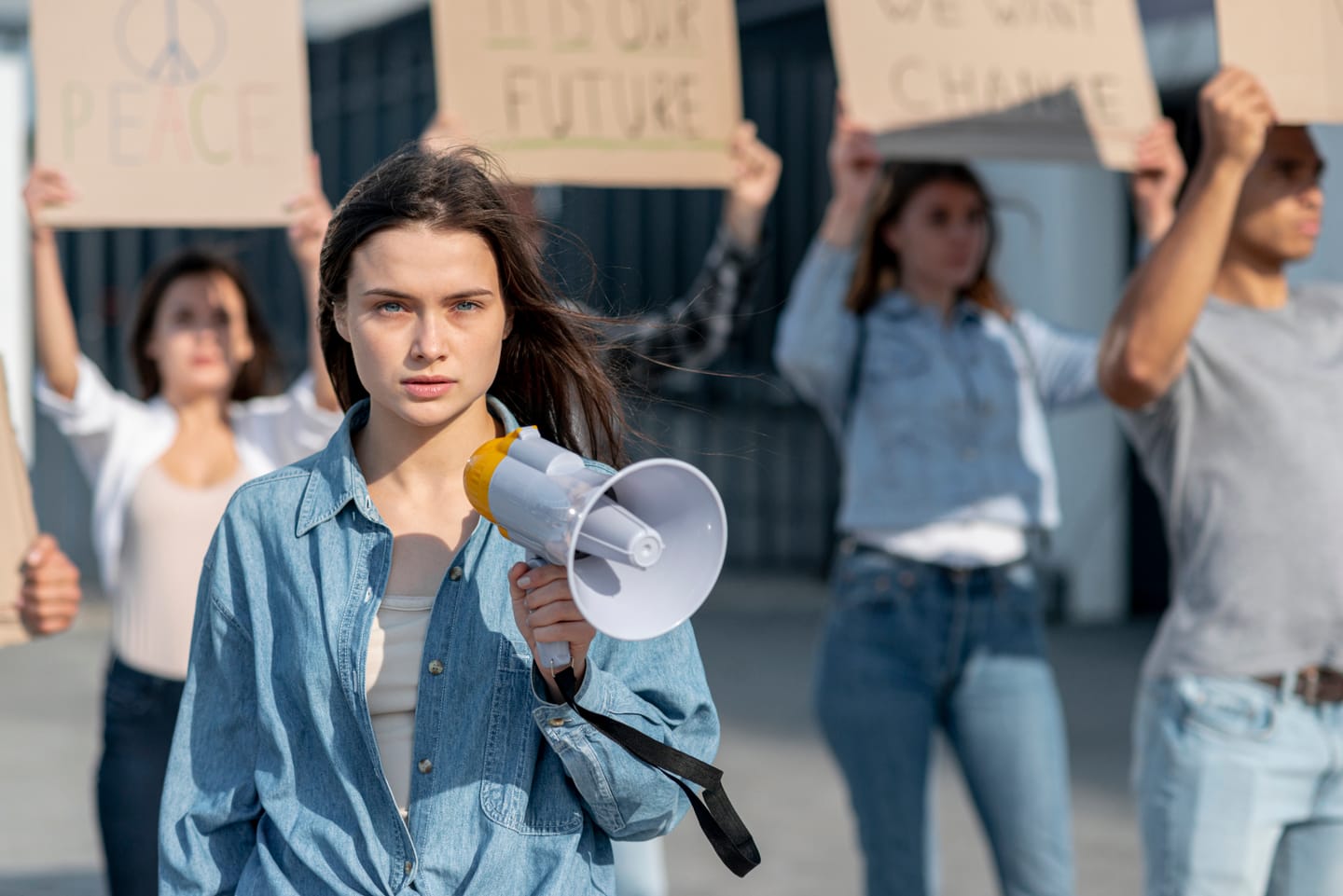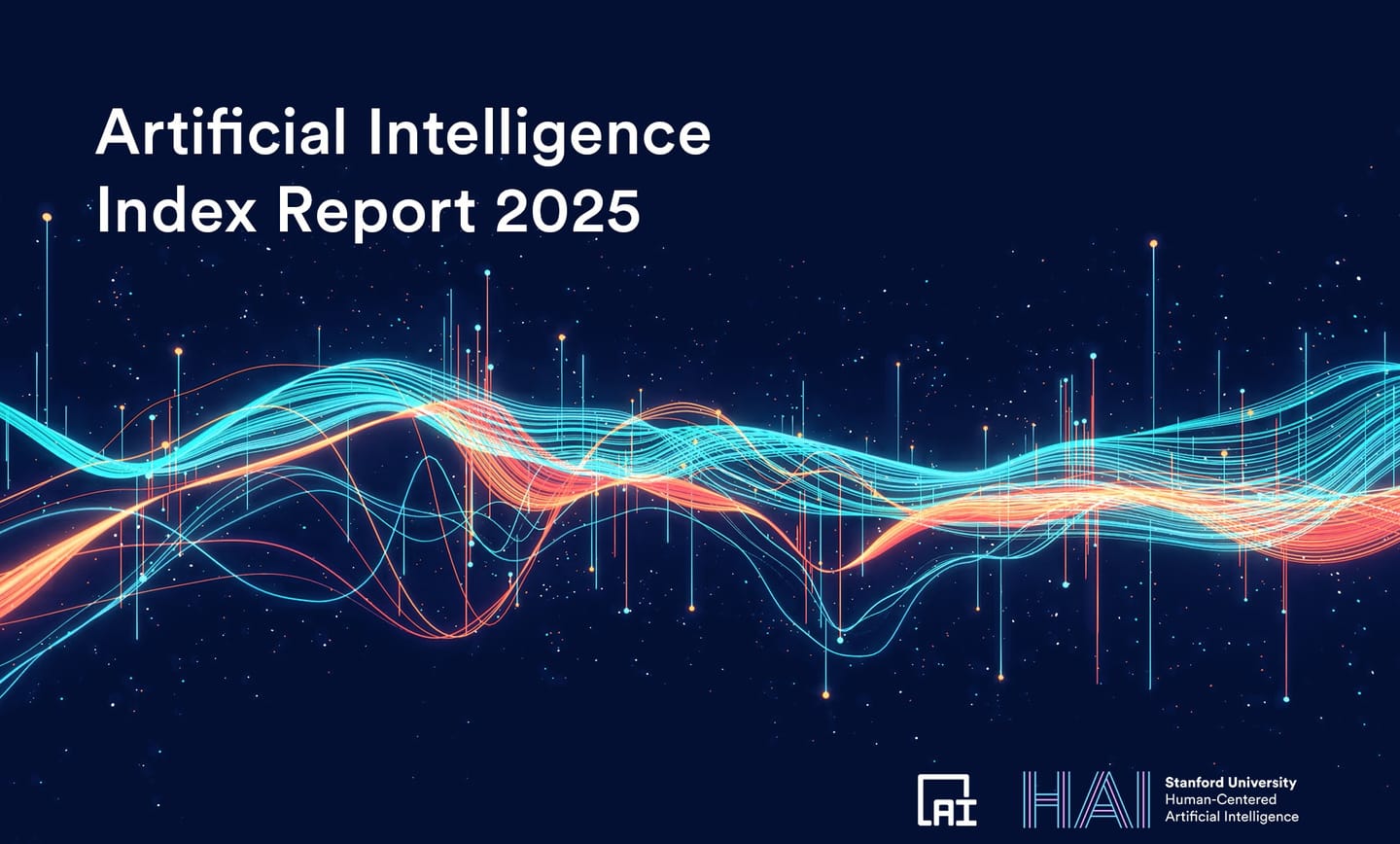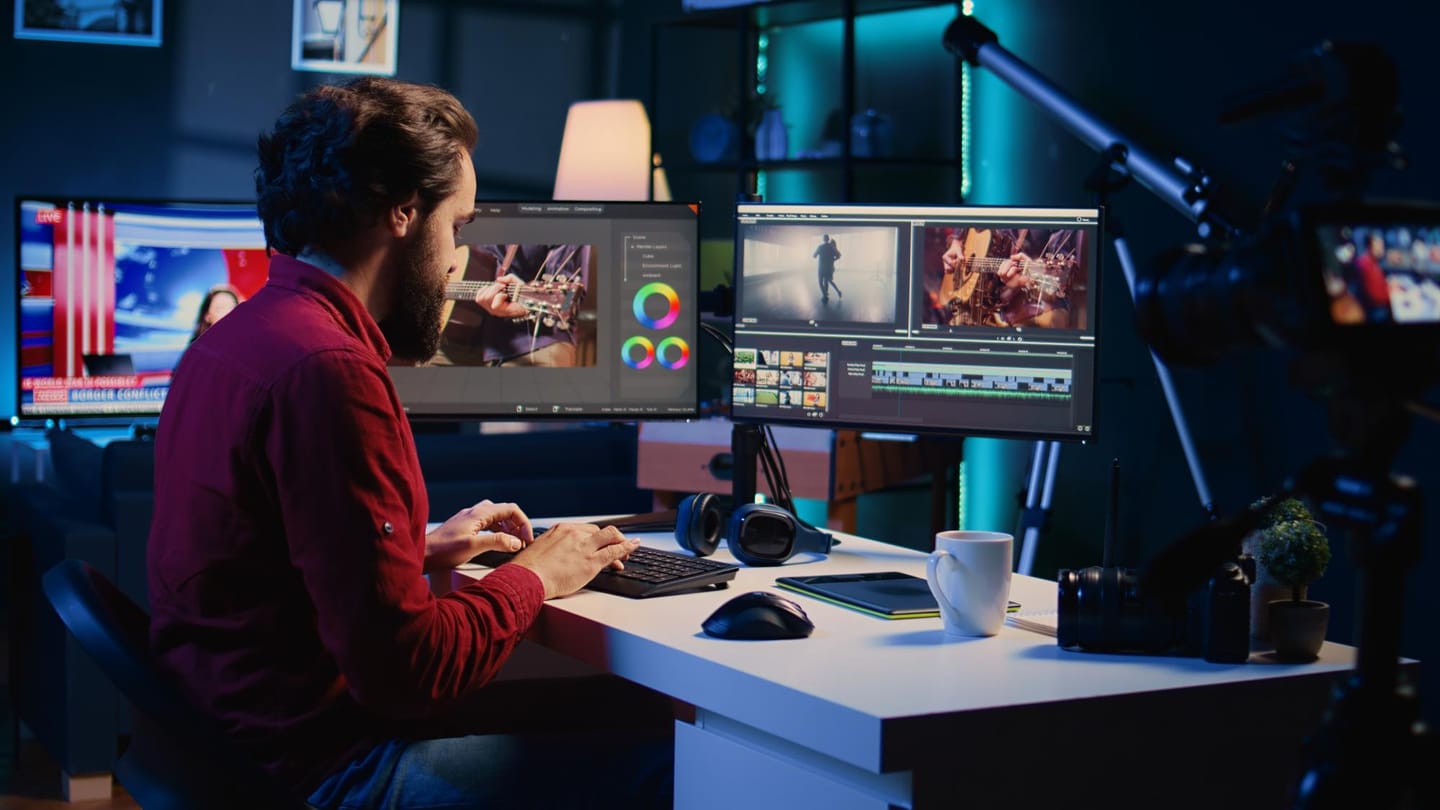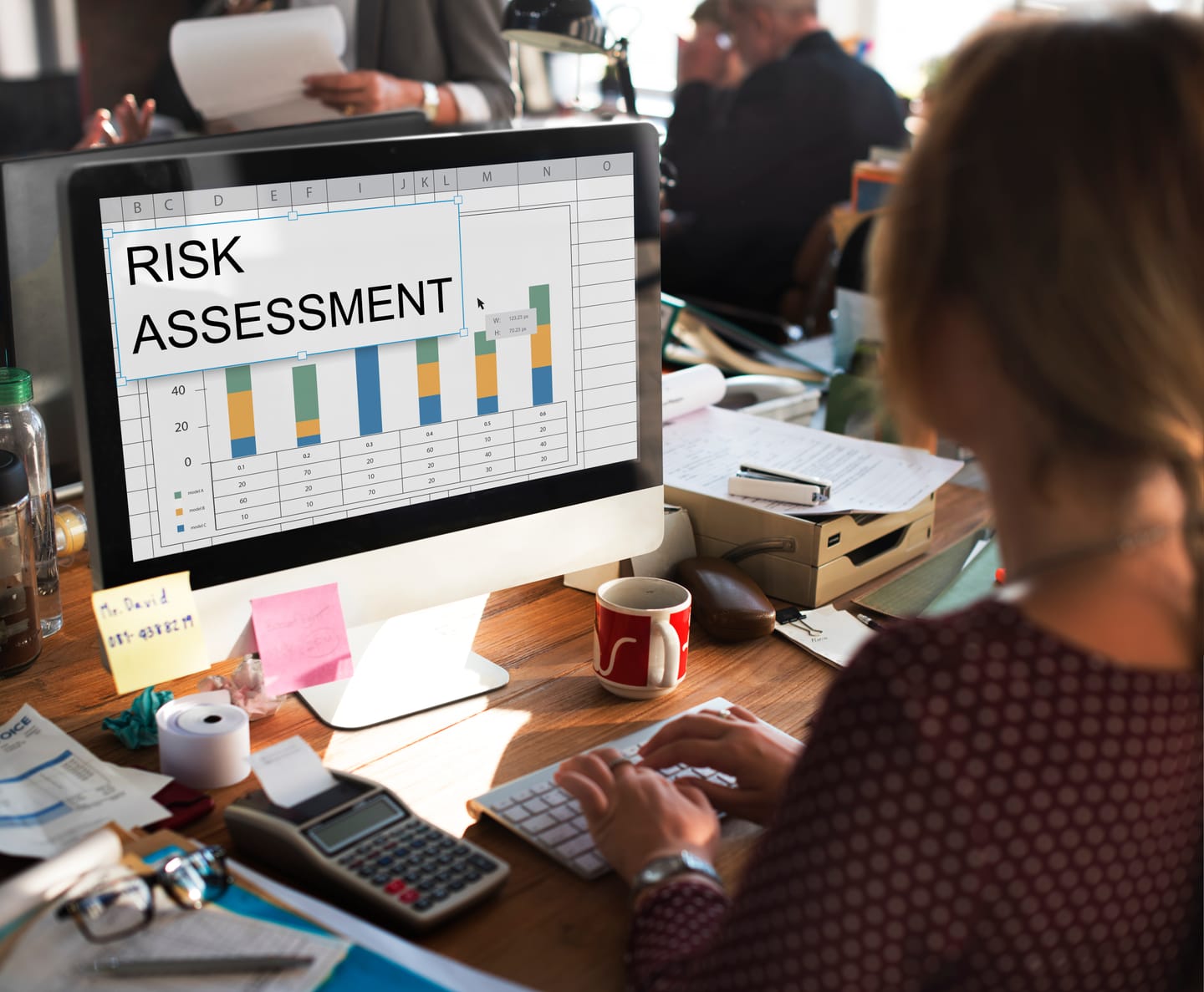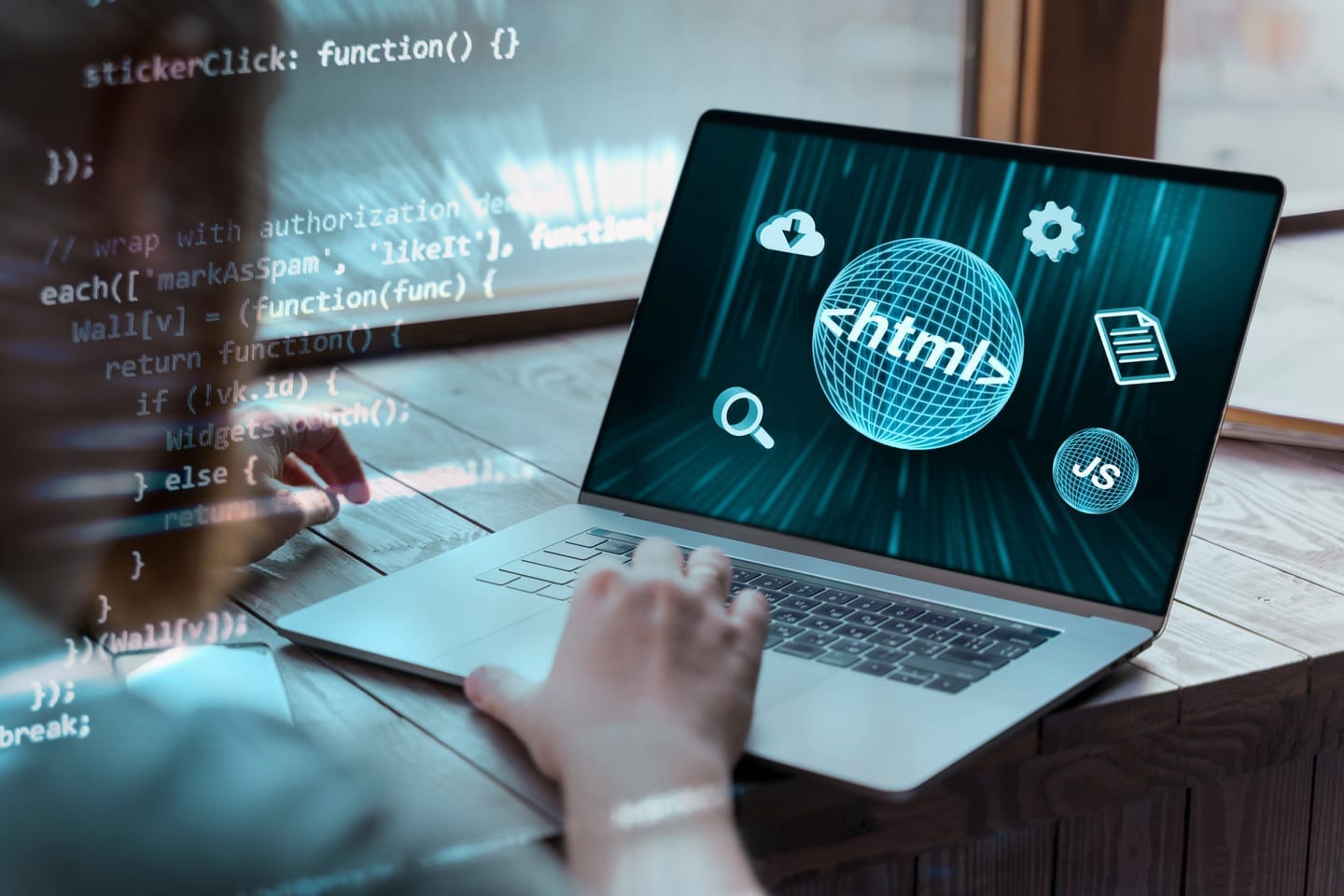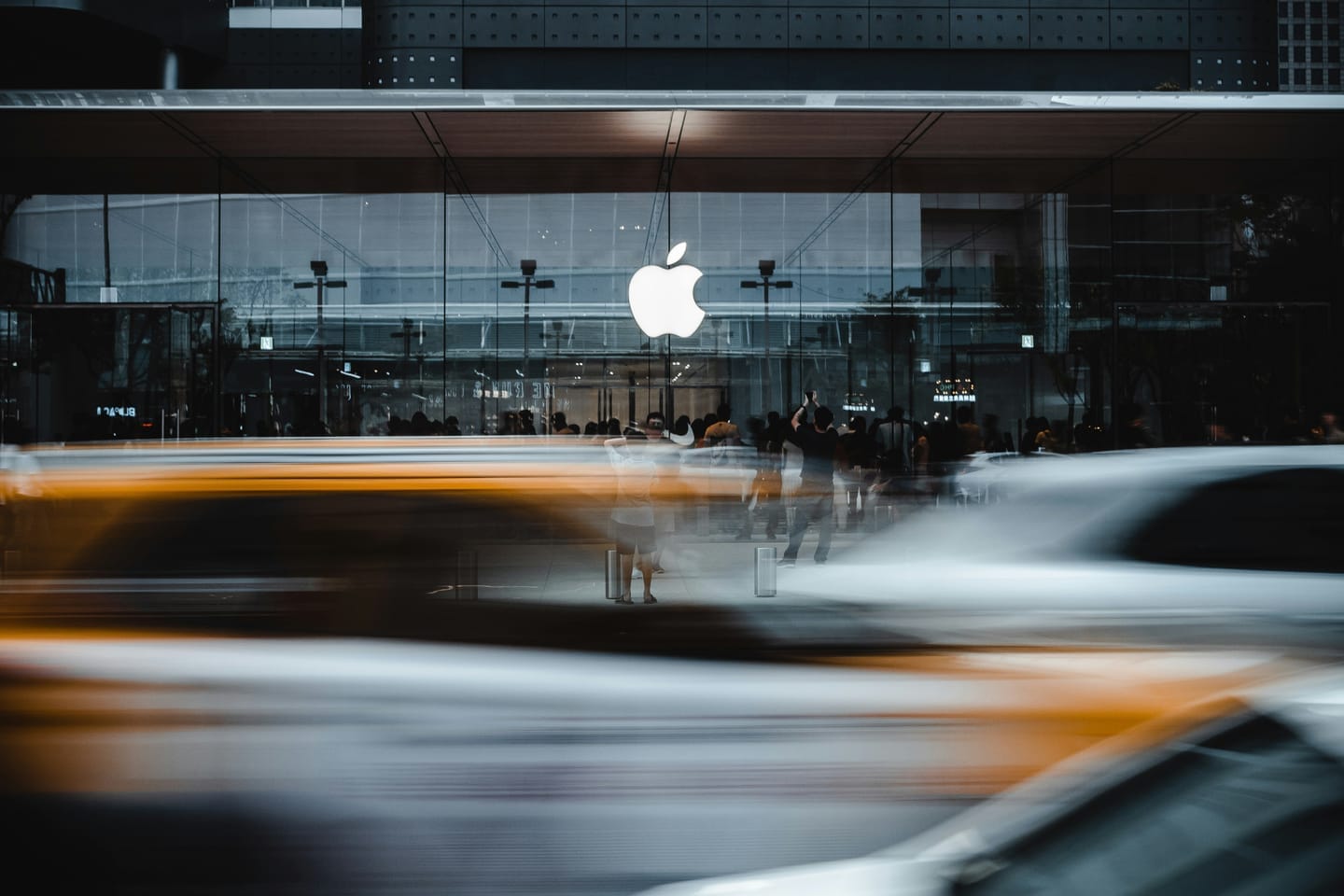Fireflies AI Co-Founder Admits the $1 Billion Startup Originally Started as Two People Manually Writing Notes
Fireflies AI co-founder Sam Udotong recently admitted in a LinkedIn post that when the company launched in 2017, its AI-powered note-taking service charging $100 per month was actually just him and co-founder Krish Ramineni manually transcribing meetings by hand. The company made headlines this summer with a $1 billion valuation,
